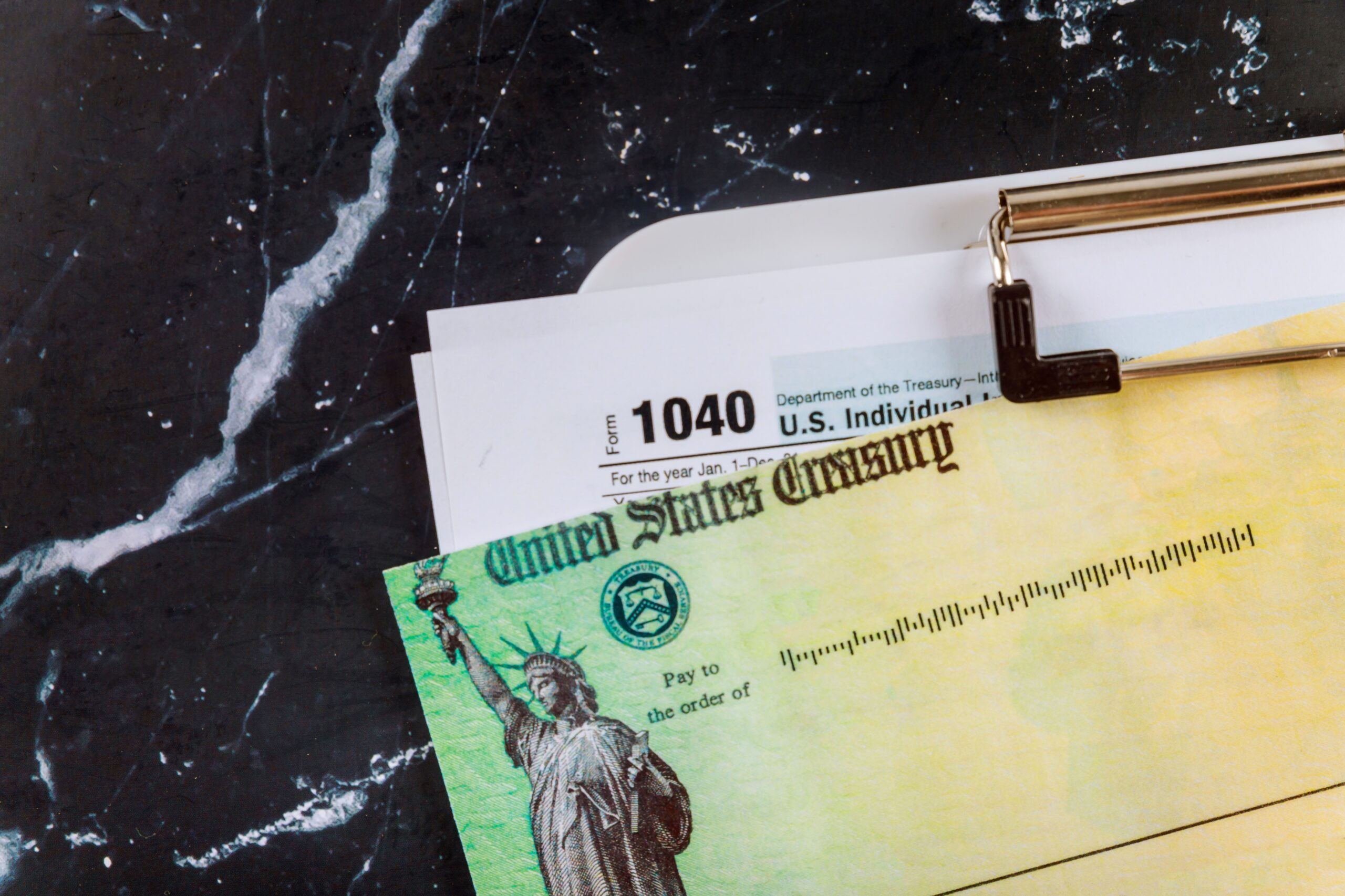Key Takeaways:
- A 1099-C does not mean you automatically owe taxes.
- Insolvency is a legal way to avoid taxes on forgiven debt.
- You need the right documentation to claim an exemption.
Great job! You settled your credit card debt for less than you owed. That’s a big win. But before you celebrate, there’s a problem. The IRS may want a share of your debt relief.
If you have $600 or more of debt canceled, the IRS will ask you to file a 1099-C Cancellation of Debt Form. It may seem strange, but the IRS sees forgiven debt as income. This means you may have to pay taxes on the amount not paid. But don’t worry, there’s an option called “insolvency” that may help you avoid this tax.
How Does Insolvency Work?
If you have more debts than assets at the time of debt settlement, you may be considered “insolvent.” This means you owe more than how much your assets are worth. The IRS understands this struggle, and they may be willing to let you off the hook. If you’re insolvent, you might not have to pay taxes on the forgiven debt.
How to Claim the Insolvency Exemption
You may be insolvent if you subtract your total debts from your total assets (savings, investments, etc.) and get a negative number.
To better understand this, let’s look at an example:
John lost his job and accumulated $50,000 in credit card debt. He also has a car loan of $10,000 and a personal loan of $15,000. His total debt is $75,000.
John owns a car worth $8,000, has $2,000 in savings, and some furniture valued at $5,000. His total assets are $15,000.
To determine insolvency, John subtracts his assets from his debts:
$75,000 debt – $15,000 assets = -$60,000
Since the result is negative, John is insolvent by $60,000.
His credit card company agrees to settle his debt for $20,000, forgiving $30,000. Normally, this forgiven amount would be considered taxable income. However, since John is insolvent by $60,000—more than the forgiven debt—he may qualify for the IRS insolvency exemption and avoid paying taxes on the $30,000.
To claim this exemption, John must file IRS Form 982 and provide details of his assets and liabilities.
Helpful Resources
IRS Publication 4681 and Form 982 can help you claim the tax exemption. Also, don’t be afraid to get help. You can technically do the paperwork yourself, but a tax advisor may get you more exemptions. They can make sure you claim the exemption correctly and avoid tax problems.
Frequently Asked Questions
This is a form sent out by a lender or creditor when a debt of $600 or more is canceled. It shows the amount of debt that was forgiven. This may be taxable income, unless you owed more than you had in assets when you canceled the debt.
It’s a form you use to report canceled debt and claim an exemption from paying taxes on it, like the insolvency exemption.
This is a publication from the IRS that gives more information about canceled debts and how they are taxed. It can help you understand Form 982.
You don’t technically need one, but a tax advisor can be very helpful. They can make sure you fill out the forms correctly and claim all the exemptions you qualify for. While you can do it yourself, a professional can help you avoid mistakes.






